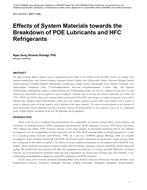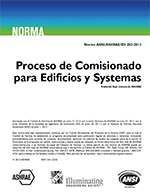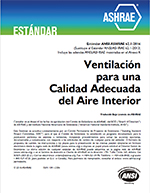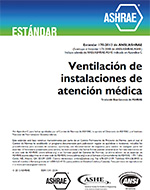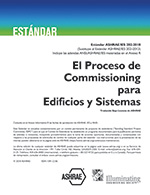Description
The effects of twenty different chemicals used in manufacturing process fluids on the stability of R-134a/POE systems were studied. These chemicals included: Boric Acid, Sodium Carbonate, Potassium Fluoride, Sulfamic Acid, Hydroxyethyl Cellulose, Potassium Hydrogen Fluoride, Sodium Gluconate, Trisodium Phosphate Dodecahydrate, Ethanolamine, Sodium Nitrite, Chloroparaffin, Ferric Chloride, Neodecanoic Acid, Polyoxyethylene Nonylphenyl Ether, N-Nitrosodiphenylamine, Potassium Hexafluoroaluminate, Calcium Alkyl Aryl Sulfonate, Triethanolamine Dodecylbenzene Sulfonate, Sodium Palmitate and Triethanolamine Borate. The tests were conducted in sealed tubes. For each chemical, two concentrations were investigated: 0.1 and 1.0 weight-%. Exposure time was 14 days and exposure temperatures were 150°C and 175°C (302°F and 347°F). Many of the chemicals studied reacted with R-134a/POE with changes in a number of properties, such as darker lubricant color, cloudiness, deposit, film formation, darker metal color, dullness, corrosion, increased Total Acid Number (TAN), presence of metals in solution, presence of reactive products, and/or depletion of the reagent chemicals. The extent of reaction depends on the chemicals, its initial concentration and the temperature and time of exposure. However, the decision whether or not a chemical is safe to use in a refrigeration system is highly subjective and depends on the user, the application and the equipment.
Citation: ASHRAE Papers CD: 2014 ASHRAE Winter Conference, New York, NY
Product Details
- Published:
- 2014
- Number of Pages:
- 8
- File Size:
- 1 file , 3.5 MB
- Product Code(s):
- D-NY-14-C011
